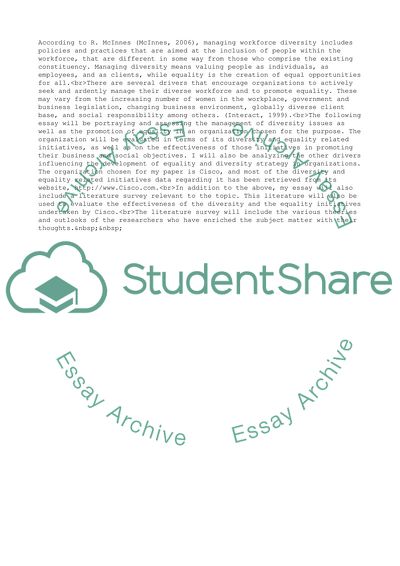Cite this document
(Equality and Diversity at Workplace Research Paper, n.d.)
Equality and Diversity at Workplace Research Paper. Retrieved from https://studentshare.org/business/1704980-an-essay-for-the-subject-equality-and-diversity
Equality and Diversity at Workplace Research Paper. Retrieved from https://studentshare.org/business/1704980-an-essay-for-the-subject-equality-and-diversity
(Equality and Diversity at Workplace Research Paper)
Equality and Diversity at Workplace Research Paper. https://studentshare.org/business/1704980-an-essay-for-the-subject-equality-and-diversity.
Equality and Diversity at Workplace Research Paper. https://studentshare.org/business/1704980-an-essay-for-the-subject-equality-and-diversity.
“Equality and Diversity at Workplace Research Paper”, n.d. https://studentshare.org/business/1704980-an-essay-for-the-subject-equality-and-diversity.


